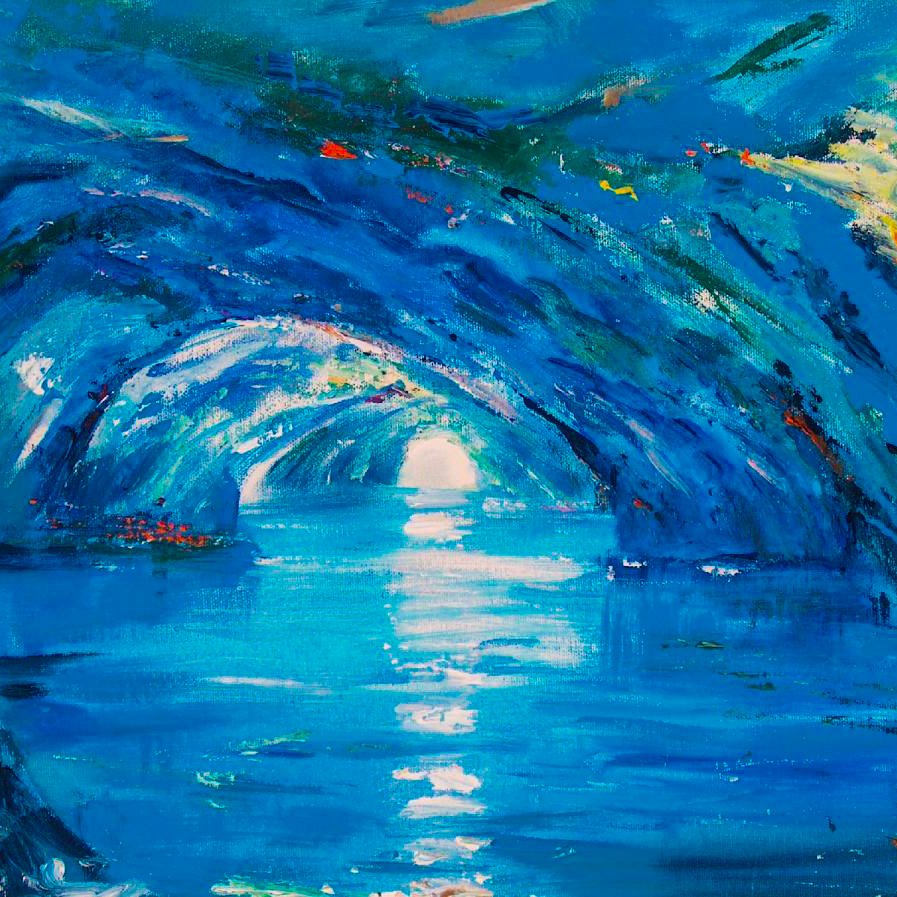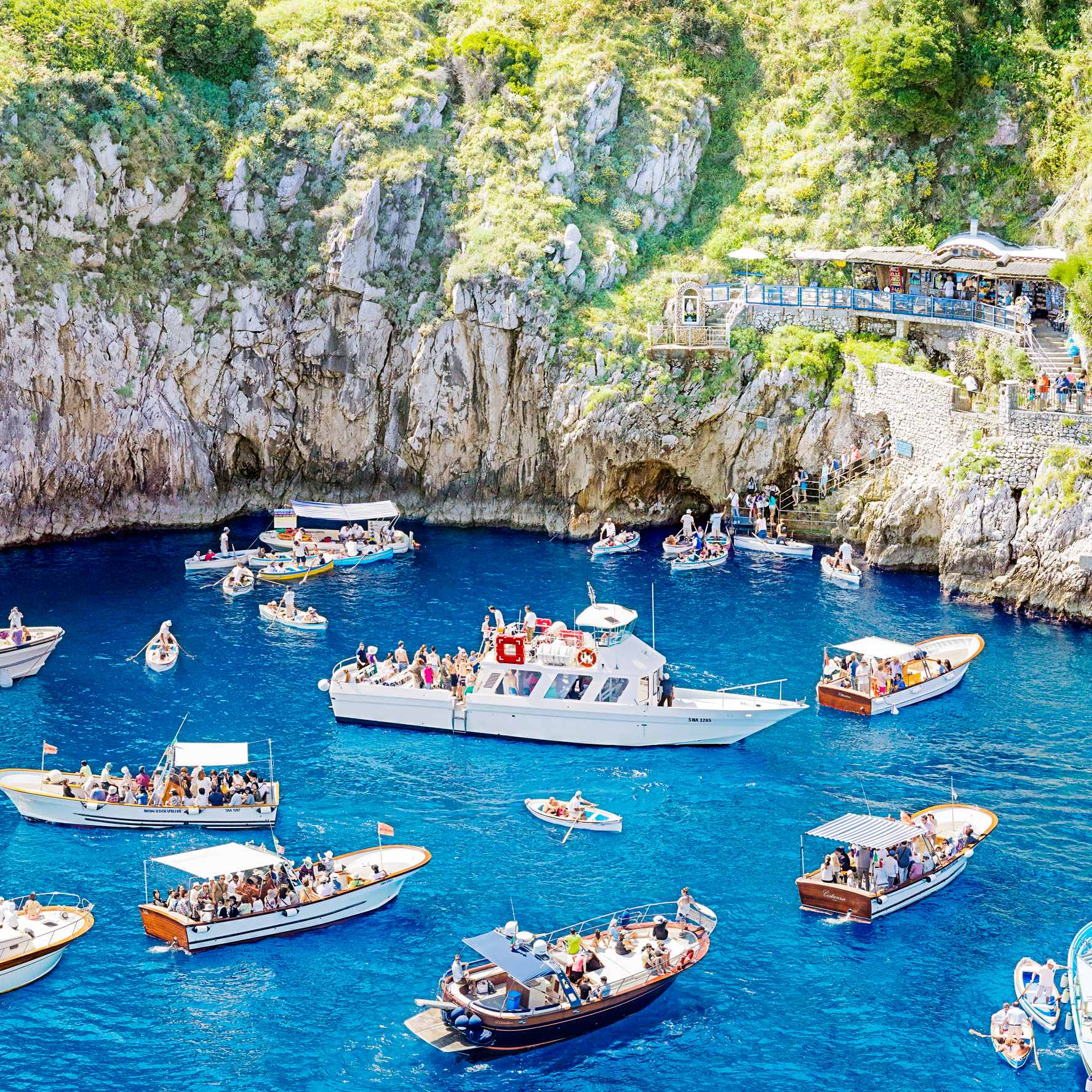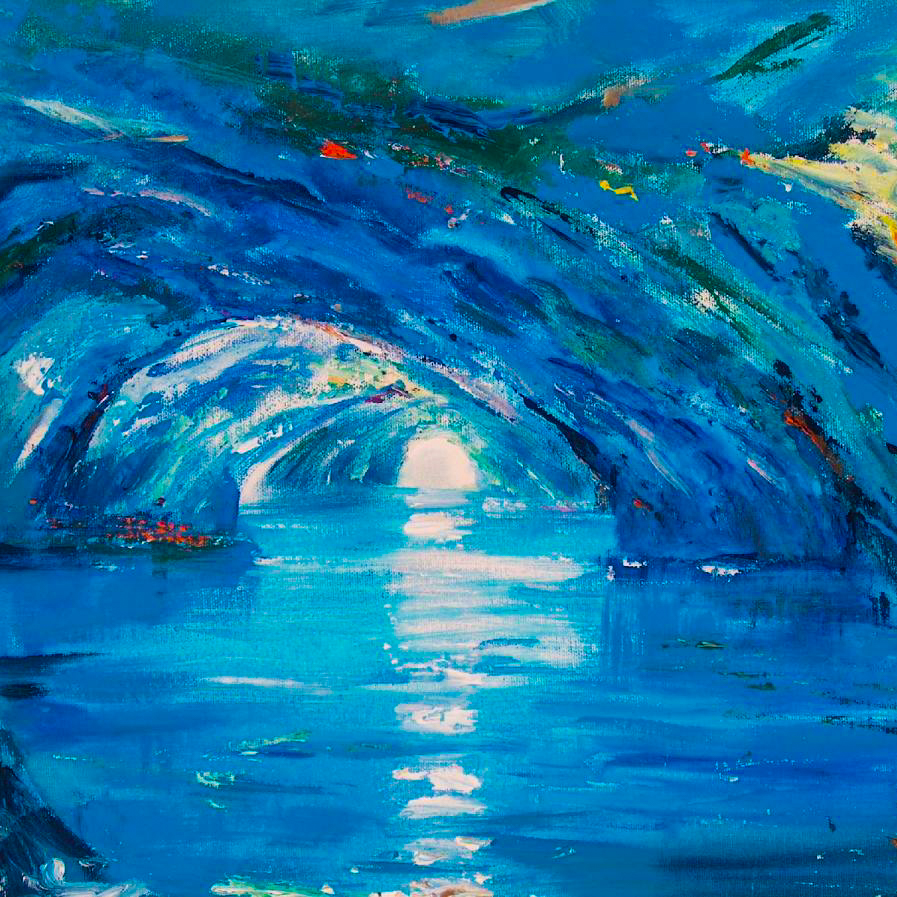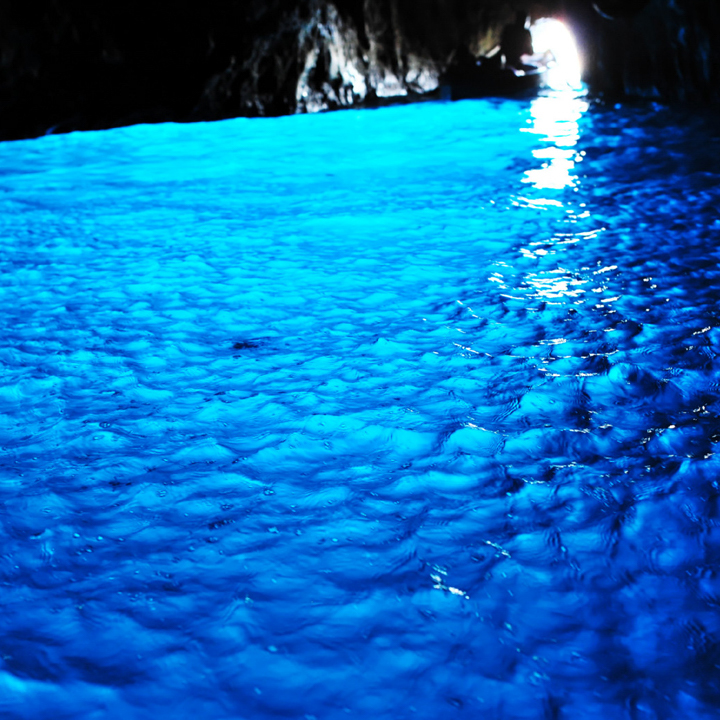“Inhabited by mermaids, infested with ghosts and demons. Cursed placed rediscovered after many years. The intense blue and the brilliance of the water hides monsters and supernatural creatures.”These are the legends behind the Blue Grotto, one of the most incredible places in Capri, just a few meters from the Faraglioni. The grotto evocative atmosphere, like the mermaids’ song, fascinates those who see it for the first time!For many years, those scary stories kept visitors away; the grotto was
Marmaids and nymphs | The legend of Capri’s Blue Grotto



“Inhabited by mermaids, infested with ghosts and demons. Cursed placed rediscovered after many years. The intense blue and the brilliance of the water hides monsters and supernatural creatures.”
These are the legends behind the Blue Grotto, one of the most incredible places in Capri, just a few meters from the Faraglioni. The grotto evocative atmosphere, like the mermaids’ song, fascinates those who see it for the first time!
For many years, those scary stories kept visitors away; the grotto was known among fishermen as the “Gradola”, meaning a really hostile place. The presence of witches, mermaids, ghosts and other creatures seemed to be later “confirmed”. Indeed, inside the cave, some sculptures where found and their shadows could easily remind of frightening shapes and made everybody cut and run!
The truth is, it was the Roman emperor Tiberius, who commissioned the creation of these sculptures, during his stay in Capri. Neptune, Triton, and other sea creatures were the real “inhabitants” of the cave. According to historians, the emperor loved to swim in the Grotto’s blue light with boys and naked girls, and asked some artists to adorn the cave. It is said that during these baths, those who Tiberius did not like were thrown into the sea from a rock near his Villa Jovis. The unearthly blue color of the Grotto surely helped fomenting fears and legends of witches and monsters inhabiting the place.
In 1826, the fisherman Angelo Ferraro, brought the painter Ernst Fries and the writer August Kopisch to the abandoned grotto, who described the beauty of the cave in his “Annuario Italia”. Later, also the writer Hans Christian Andersen wrote about the Blue Grotto in the novel “L’improvvisatore”, increasing its notoriety.
In 1826, to give back life to that abandoned place after he brought you to visit the painter Ernst Fries and the writer August Kopisch, who wrote about the beauties of the cave in “Annuario Italia”. Later, alsothe writer Hans Christian Andersen wrote about the Blue Grotto in the novel “L’improvvisatore”, increasing its notoriety.
Another version of the legend, spread for years, wants the Grotto to be the shelter of Nereids, half-fish and half-human nymphs. These creatures rose to the surface only to help sailors who lost their way.
COME AND VISIT THIS WONDERFUL PLACES WITH OUR COMPANY >>



